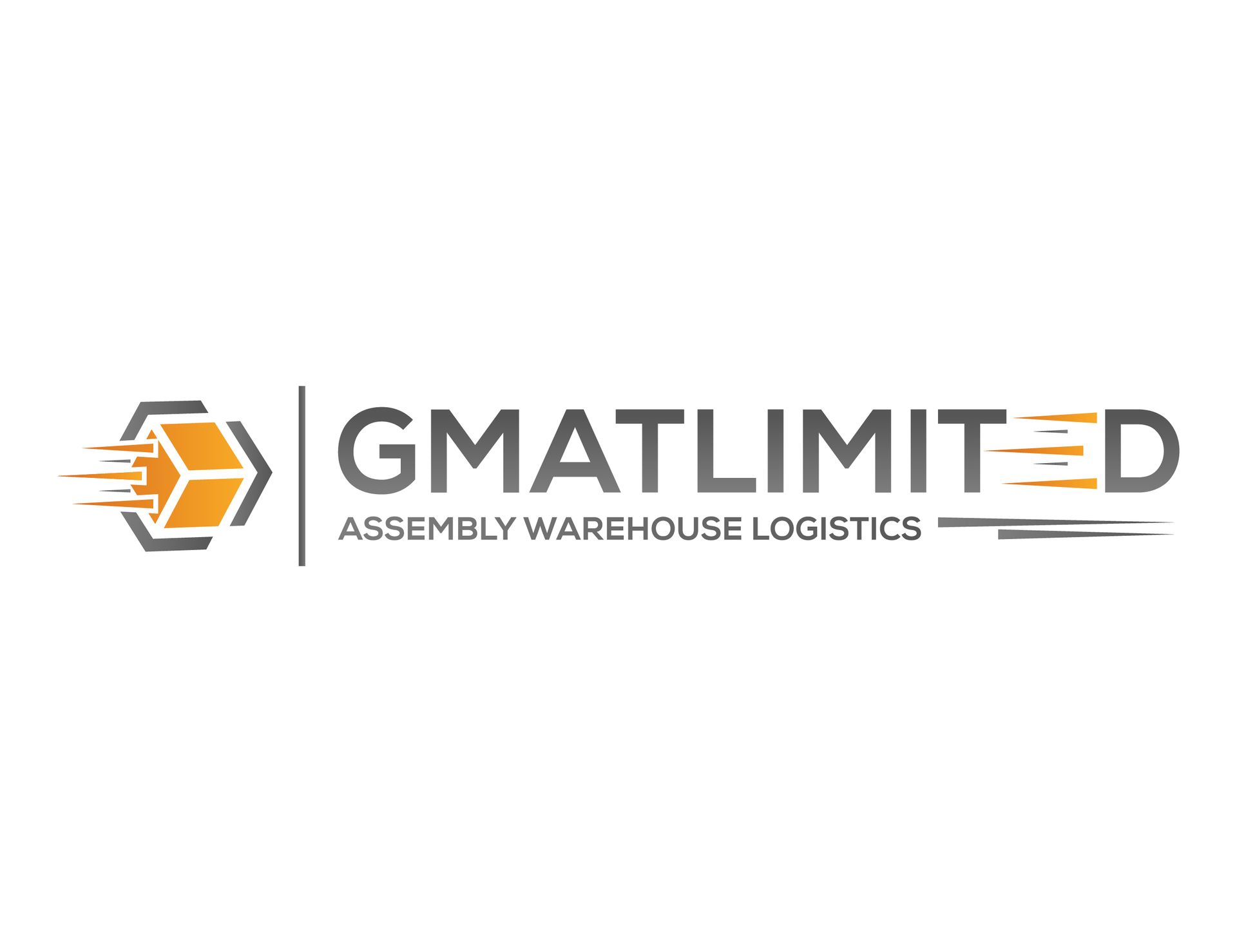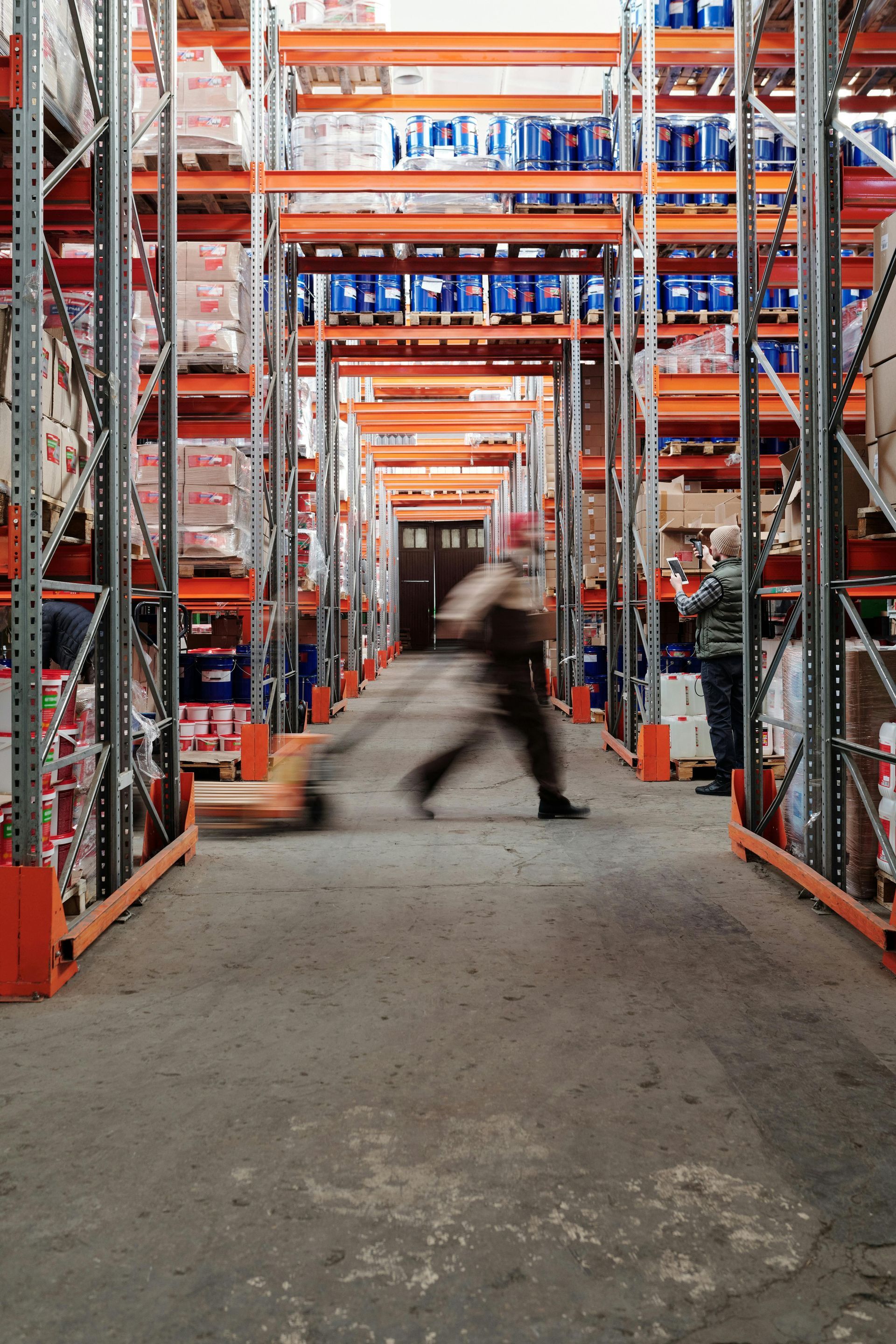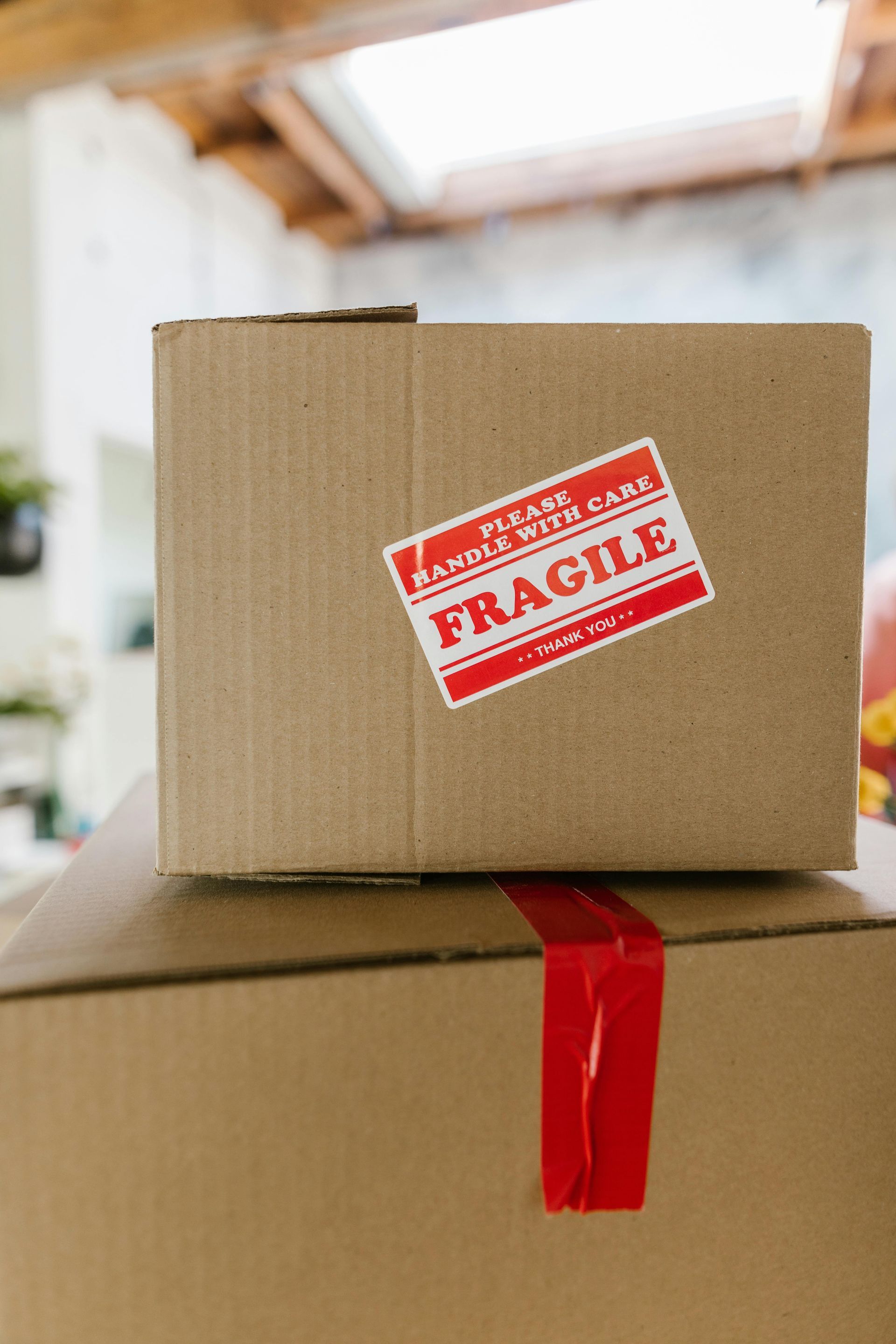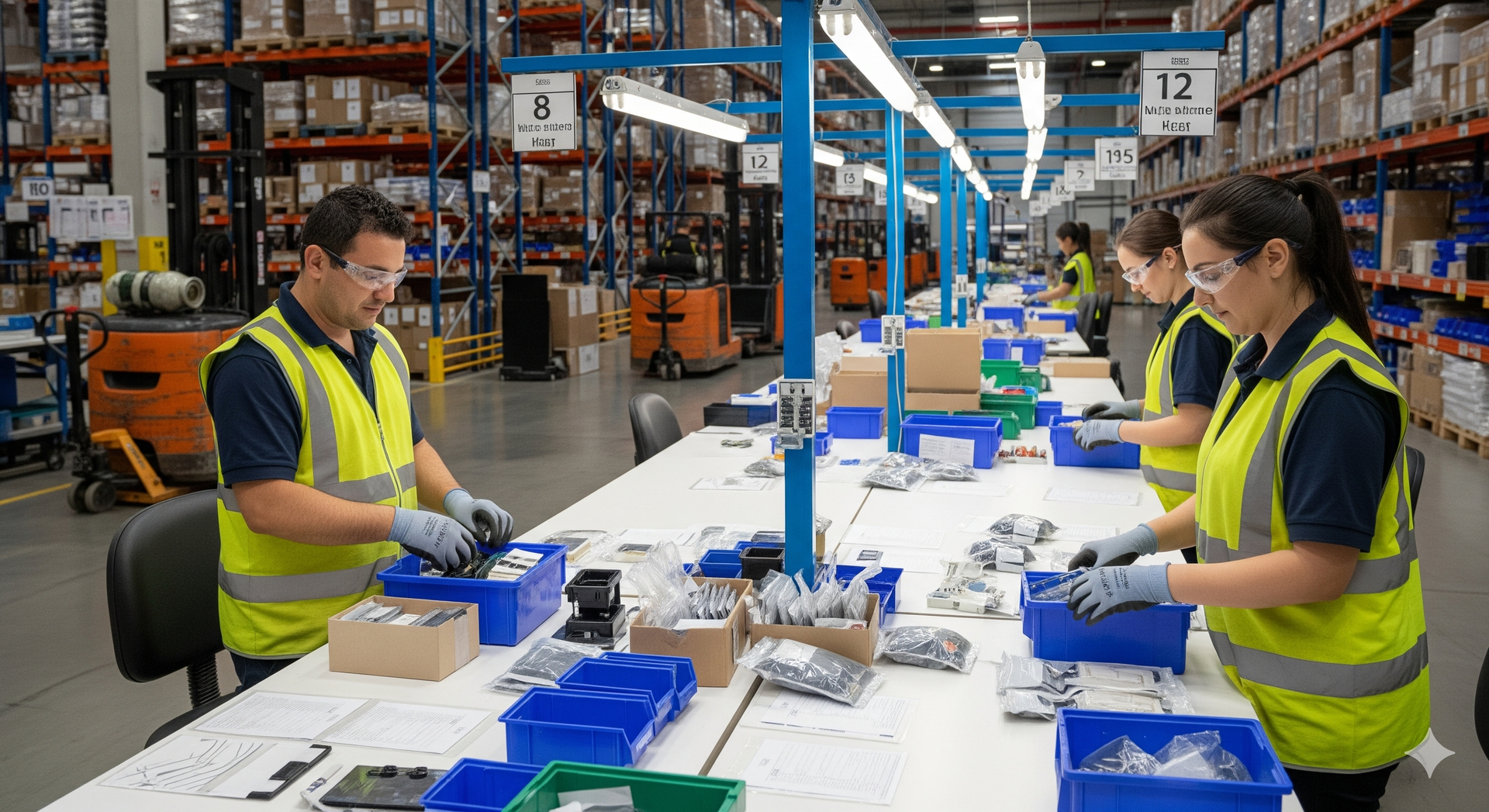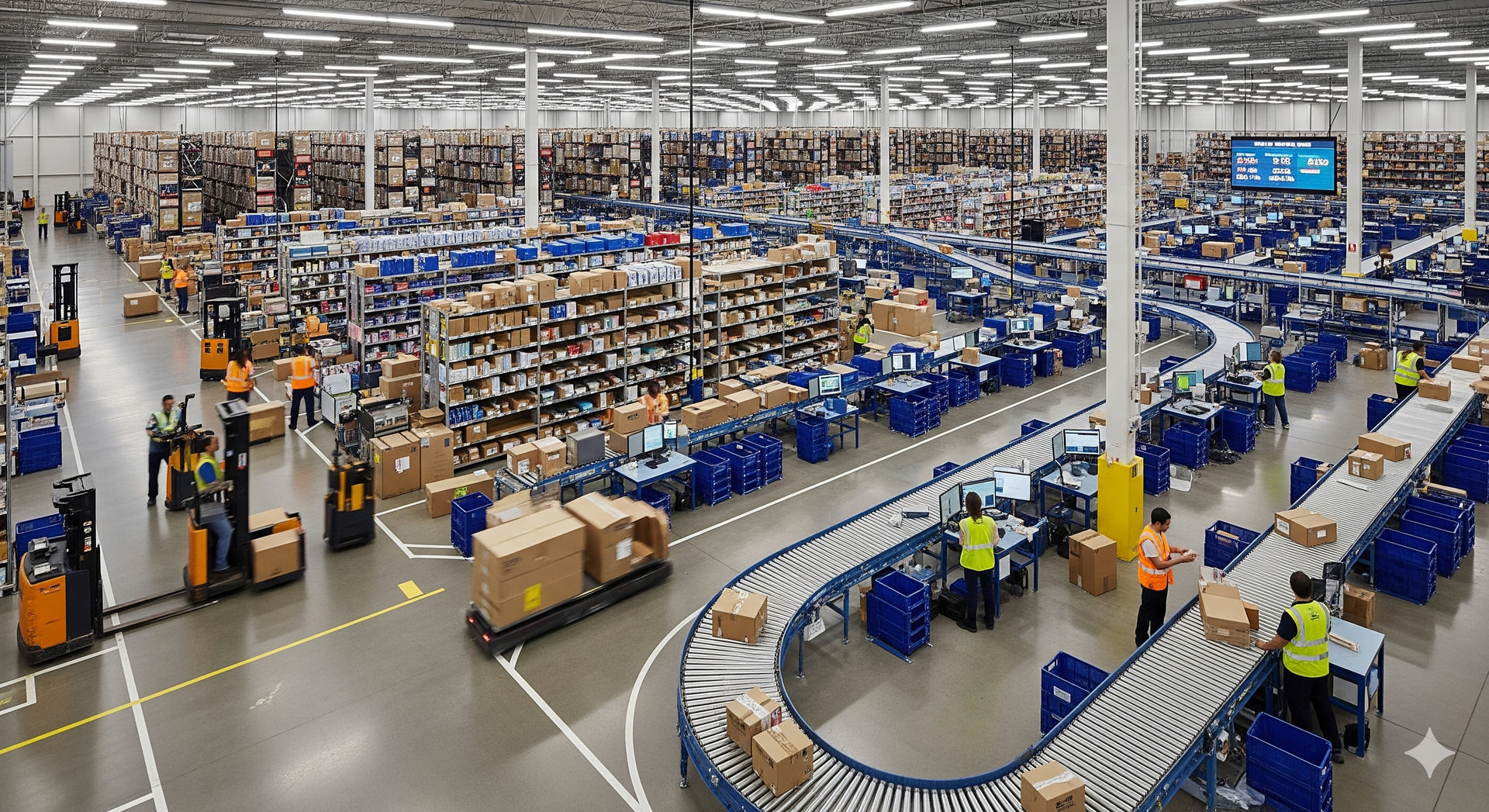Direct-to-Consumer Fulfillment Tips for Fast-Growing Brands
Running a fast-growing direct-to-consumer business presents unique challenges, especially when it comes to fulfillment operations. As order volumes increase and customer expectations rise, having the right D2C fulfillment strategy becomes critical for maintaining quality service while scaling efficiently. Whether you're shipping hundreds or thousands of orders monthly, implementing proven fulfillment practices will help your brand meet demand without sacrificing the customer experience that drives growth.
Key Takeaways
- Strategic location selection significantly reduces shipping costs and delivery times for your D2C e-commerce operations
- Real-time inventory management prevents stockouts and overselling while optimizing storage costs
- Scalable fulfillment partnerships allow growing brands to expand without major infrastructure investments
- Automated order processing minimizes errors and speeds up fulfillment cycles during peak periods
- Custom packaging solutions enhance brand recognition and create memorable unboxing experiences
- Returns management systems streamline processes and maintain customer satisfaction across all channels
Understanding the D2C Fulfillment Market
The D2C e-commerce market continues to expand as consumers increasingly prefer shopping directly from brands. This shift has intensified competition, making efficient fulfillment operations essential for success. Direct-to-consumer fulfillment differs from traditional retail fulfillment in several key ways. Orders typically contain fewer items, ship to individual addresses, and require higher service levels to match customer expectations.
Modern D2C companies must balance cost efficiency with speed and accuracy. Customers expect fast shipping, accurate orders, and easy returns processes. Meeting these expectations while maintaining profitability requires careful planning and strategic decision-making across every aspect of fulfillment operations.
The complexity increases as brands grow. What works for processing 50 orders daily may not scale to 500 or 5,000 orders. Successful fast-growing brands anticipate these scaling challenges and build flexible fulfillment systems that can adapt to changing volume requirements.
Choosing the Right Fulfillment Strategy
In-House vs Third-Party Fulfillment
Fast-growing D2C companies face a critical decision between managing fulfillment internally or partnering with third-party providers. In-house fulfillment offers complete control over operations but requires significant upfront investment in warehouse space, staff, and technology systems.
Third-party logistics providers offer immediate scalability and expertise without the capital investment. They provide established infrastructure, trained personnel, and proven systems that can handle volume fluctuations. The best D2C order fulfillment services offer transparent pricing, real-time inventory tracking, and seamless integration with e-commerce platforms.
When evaluating fulfillment options, consider your current order volume, growth projections, and available resources. Many successful brands start with third-party fulfillment to establish operations quickly, then evaluate bringing fulfillment in-house as they reach sufficient scale.
Geographic Distribution Strategy
Location plays a crucial role in direct-to-consumer fulfillment success. Strategic placement of inventory near customer populations reduces shipping costs and delivery times. Brands serving national markets often benefit from multiple fulfillment locations to optimize shipping zones.
The proximity to major shipping hubs, such as ports and distribution centers, can significantly impact operational efficiency. Locations near busy ports offer advantages for brands importing products or shipping internationally. This strategic positioning reduces drayage costs and speeds up the movement of goods through the supply chain.
Consider your customer distribution when selecting fulfillment locations. Analyze order data to identify geographic clusters and choose fulfillment centers that minimize average shipping distances. This approach reduces costs while improving delivery speeds across your customer base.
Technology and Automation Solutions
Inventory Management Systems
Real-time inventory tracking forms the foundation of successful D2C fulfillment operations. Advanced warehouse management systems provide visibility into stock levels, automate reorder points, and integrate with sales channels to prevent overselling. These systems become increasingly important as brands expand across multiple sales channels.
Modern inventory management platforms offer features like demand forecasting, automated purchasing, and lot tracking. These capabilities help brands maintain optimal inventory levels while reducing carrying costs and stockout risks. Integration with e-commerce platforms ensures inventory accuracy across all sales channels.
Barcode scanning and RFID technology improve inventory accuracy and speed up fulfillment processes. These technologies reduce human error and provide real-time updates on inventory movements throughout the warehouse.
Order Processing Automation
Automated order processing reduces fulfillment time and minimizes errors in high-volume operations. Order management systems can automatically route orders to appropriate fulfillment centers, print shipping labels, and update tracking information without manual intervention.
Pick path optimization reduces the time warehouse staff spend locating products. Advanced systems generate efficient picking routes that minimize travel time within the warehouse. This optimization becomes increasingly valuable as order volumes grow and warehouse complexity increases.
Integration between e-commerce platforms and fulfillment systems enables seamless order flow. When customers place orders, automated systems immediately begin fulfillment processes, reducing the time between order placement and shipment.
Packaging and Branding Optimization
Custom Packaging Solutions
Packaging serves dual purposes in D2C fulfillment: protecting products during shipping and reinforcing brand identity. Custom packaging creates memorable unboxing experiences that encourage customer loyalty and social media sharing. However, brands must balance branding goals with cost considerations and shipping efficiency.
Right-sizing packaging reduces shipping costs and environmental impact. Automated packaging systems can select optimal box sizes based on order contents, reducing dimensional weight charges and material costs. These systems become particularly valuable for brands with diverse product catalogs.
Sustainable packaging options appeal to environmentally conscious consumers while potentially reducing costs. Brands can explore recyclable materials, minimal packaging designs, and reusable containers that align with their values while maintaining product protection.
Kitting and Assembly Services
Many D2C brands benefit from kitting services that combine multiple products into single shipments. This approach reduces shipping costs per item while creating curated product experiences. Subscription box companies particularly rely on efficient kitting processes to maintain profitability.
Custom kitting can include promotional materials, instruction sheets, and branded inserts that enhance the customer experience. These value-added services differentiate brands in competitive markets while potentially increasing average order values.
Seasonal and promotional kitting allows brands to create special product combinations for holidays or marketing campaigns. Flexible fulfillment partners can accommodate these custom requirements without requiring significant lead times or minimum quantities.
Quality Control and Returns Management
Quality Assurance Processes
Maintaining quality standards becomes increasingly challenging as fulfillment volumes grow. Systematic quality control processes help ensure customer satisfaction while identifying potential issues before they reach customers. Regular accuracy audits and performance monitoring help maintain high service levels.
Staff training programs ensure consistent handling of products and adherence to quality standards. Clear procedures for product inspection, packaging requirements, and damage protocols minimize errors and customer complaints.
Technology solutions like pick verification systems can reduce fulfillment errors. These systems confirm that the correct products are selected for each order, reducing the likelihood of shipping mistakes that result in returns and customer dissatisfaction.
Efficient Returns Processing
Returns management significantly impacts customer satisfaction and operational costs in D2C e-commerce. Streamlined returns processes encourage customer loyalty while minimizing the administrative burden on your team. Clear returns policies and easy-to-follow procedures reduce customer service inquiries.
Automated returns processing systems can generate return labels, track returned inventory, and process refunds without manual intervention. These systems reduce processing time and improve cash flow by enabling faster refund processing.
Returned inventory inspection and restocking procedures help maximize the value recovered from returned products. Efficient inspection processes can quickly determine whether items can be resold, require refurbishment, or need disposal.
Scaling Strategies for Growth
Volume Planning and Forecasting
Successful scaling requires accurate demand forecasting and capacity planning. Historical sales data, seasonal patterns, and growth trends help predict future fulfillment requirements. This planning enables proactive scaling decisions rather than reactive responses to capacity constraints.
Peak season preparation requires advance planning for holiday periods, promotional events, and product launches. Temporary staffing arrangements, additional warehouse space, and enhanced inventory levels help maintain service levels during high-demand periods.
Communication with fulfillment partners about growth projections enables them to prepare for increased volumes. Regular capacity reviews ensure that fulfillment operations can support business growth without service disruptions.
Performance Monitoring and Optimization
Key performance indicators help track fulfillment efficiency and identify improvement opportunities. Metrics like order accuracy, fulfillment speed, and shipping costs provide insights into operational performance. Regular monitoring enables data-driven decision-making and continuous improvement.
Customer feedback provides valuable insights into fulfillment performance from the customer perspective. Survey responses, reviews, and service inquiries can highlight areas for improvement in packaging, delivery speed, or product condition upon arrival.
Regular performance reviews with fulfillment partners ensure service level agreements are met and identify opportunities for improvement. These reviews should cover operational metrics, cost performance, and customer satisfaction measures.
Frequently Asked Questions
What is the difference between D2C fulfillment and traditional retail fulfillment?
D2C fulfillment involves shipping individual orders directly to consumers, typically with smaller order sizes and higher service expectations. Traditional retail fulfillment focuses on bulk shipments to retail locations with different packaging and delivery requirements.
How can fast-growing brands manage fulfillment costs while scaling?
Focus on strategic location selection, automation technologies, and scalable partnerships with third-party providers. Optimizing packaging and shipping zones while negotiating volume discounts can significantly reduce per-order costs as volumes increase.
When should D2C companies consider outsourcing fulfillment?
Consider outsourcing when order volumes exceed internal capacity, when expansion requires significant capital investment, or when specialized expertise is needed. Third-party fulfillment often makes sense for brands processing more than 100 orders daily.
What technology is essential for D2C fulfillment operations?
Real-time inventory management, order management systems, and warehouse management software form the technology foundation. Integration capabilities between e-commerce platforms and fulfillment systems are crucial for operational efficiency.
How important is location for D2C fulfillment centers?
Location significantly impacts shipping costs and delivery times. Proximity to customer populations, shipping hubs, and transportation networks can reduce costs and improve service levels. Strategic location selection becomes more important as order volumes grow.
Final Thoughts
Success in direct-to-consumer fulfillment requires balancing efficiency, quality, and customer experience while building scalable operations that support growth. Fast-growing brands that invest in the right combination of technology, partnerships, and processes position themselves for sustainable expansion in the competitive D2C e-commerce market. By focusing on these proven strategies and maintaining flexibility to adapt as your business evolves, you can build fulfillment operations that support long-term success and customer satisfaction.
Ready to scale your fulfillment operations? Contact our logistics experts today for a customized solution that grows with your brand.
Reference:
https://en.wikipedia.org/wiki/Service-level_agreement
